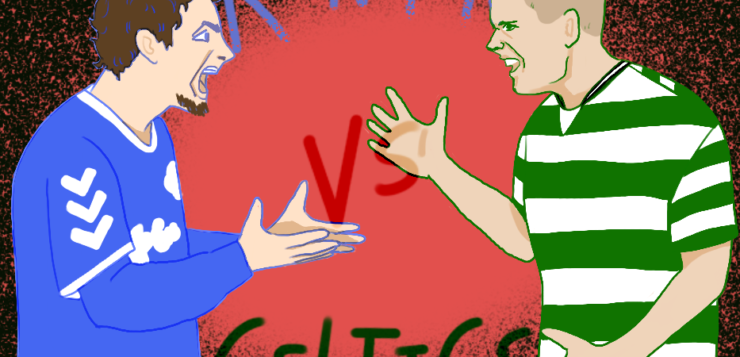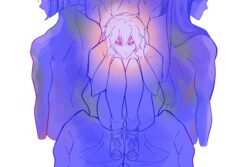This article was originally published in our Customs and Culture collaboration magazine, published in December 2020.
Sports and national identity are intertwined. Sports create communities and enforce collective spirit as they gather thousands with one common interest. Whether that be football, basketball or cricket, sports and their competitive nature have played key roles in our national and personal identity. With rivalries like Rangers v Celtic in football or Boston Celtics v Los Angeles Lakers in basketball, we are able to see the power of sports and how it transcends to be more than just a game.
28th May 1888 marked the beginnings of the biggest rivalry in football history, Glaswegian sides Rangers and Celtic. Both teams dominate Scottish football, with no other team winning the Scottish league since the 1984-85 season where Alex Ferguson’s Aberdeen came out as champions. Out of all 123 editions of the league, both Rangers and Celtic have won a combined 105 times, which makes their rivalry seem as if it’s based upon the fact they are the only two teams in Scottish football who seemingly compete with each other for the spoils. However, their rivalry is entrenched in national identity. Both teams represent a different aspect of Scottish history. Take Celtic, for example. Formed by Glasgow’s growing Irish Catholic community, as in the late 19th century, Glasgow saw the arrival of many Irish immigrants after fleeing from the potato famine in their own country. Scotland was a strongly Protestant country and the Irish community were met with disdain and were discriminated against. Football was a way for the Irish community to express their national identity through their team, Celtic. Their Irish roots are strongly linked within the club today: their crest is the Shamrock and their team colours are white and green. Celtic is still a symbol of Irish nationalism despite being a Scottish team.
Rangers is the complete opposite. The Light Blues embrace everything that is Scottish and has a huge link with the Orange Order, a Protestant fraternal organisation that champions British Unionism. Their colours are blue, red and white, the same as the British flag and are the team for those who believe in a united England, Scotland, Wales and Northern Ireland. Both teams express a different national identity and often clash due to this. It is no surprise the two sides hold one of the most violent rivalries in football history due to the political and national history behind the teams, manifesting in the ‘Old Firm’ derby games between the sides.
A less violent but just as popular rivalry in sporting history is that of the Los Angeles Lakers and Boston Celtics in the NBA. They are two of the biggest franchises in NBA history, both winning a total of 17 championships each (though Lakers fans would like to point out only one of the Celtics’ championships was won in the 21st century). The peak of their rivalry was in the 1980s, specifically between two hall-of-famers, Larry Bird (Celtics) and Magic Johnson (Lakers). These players were the best at their game in the East and West conference but represented so much more than just being two of the greatest players in the league. Johnson-Bird / Lakers-Celtics rivalry represented the clashes of many cultures: Hollywood (Lakers Showtime) versus Blue Collar grit (Celtic Pride), East Coast versus West Coast, Black versus White. They brought national identity and power to a faltering NBA and lifted the NBA into a global arena.
National identity can be built on sports, but the rivalries are also primarily established on cultural and national differences; in Rangers-Celtics case, it was the war between religion and country, whilst Lakers-Celtics was on the national differences between the West and East. Sports brings collective unionism but also collective hate.




